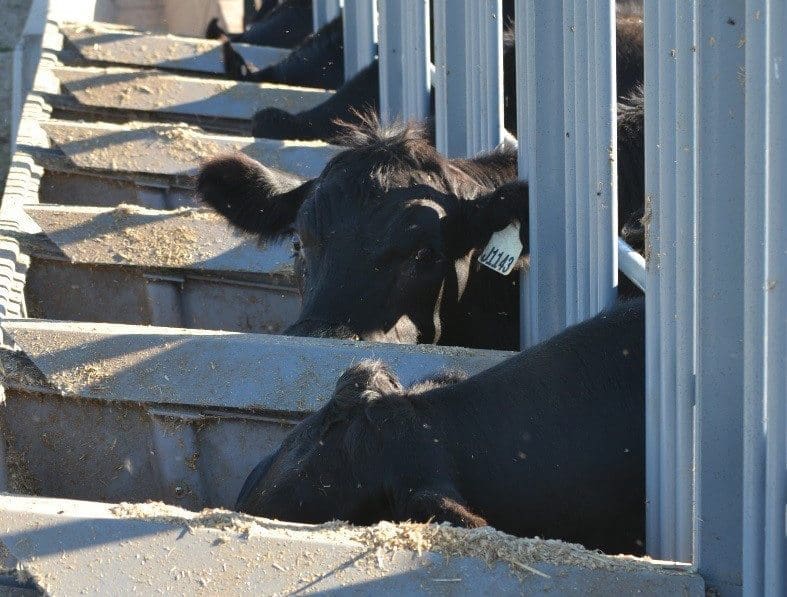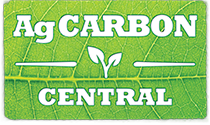
Angus steers undergoing Net Feed Intake measurements in the Tullimba Research Feedlot at Armidale, NSW
A PUSH to change the accounting of feedlot emissions has taken another step, with the publication of research demonstrating that the current methodology used in official accounts is overestimating the industry’s footprint by 43 percent.
This week the CSIRO published the results of a study from University of New England researchers, commissioned by Meat & livestock Australia, which formulated a new equation for estimating the emissions of cattle on wheat and barley-based diets – typical of the Australian beef industry.
The method is intended to be a replacement of the currently used Moe & Tyrell method, which is based off a study of United States dairy cattle in the late 1970s and is currently used to estimate feedlot emissions in the Australian Government’s official reports (known as the National Greenhouse Gas Inventory).
MLA gave an insight into the work at last year’s Beef Ex conference in Brisbane, explaining how the research has unfolded over the past two decades.
A submission has been made to the Government to change the NGGI to use the new methodology, which would ultimately mean a lowering of the feedlot industry’s emissions account.
“People use these numbers to make judgements about our industry and the industry uses these numbers to target the best areas to reduce emissions going forward,” MLA’s Dr Matt van der Saag told Beef Ex last year.
“Having the truth is what we are really seeking.”
Accurate reporting important for the feedlot industry
Lotfeeders are set to be at the centre of efforts by the industry to reduce emissions and a push from Governments to report the industry’s carbon footprint.
As Beef Central has highlighted in recent weeks, new rules requiring businesses to declare their “climate risk” are set to go deep into the lotfeeding industry in the coming years – with dozens of businesses triggering the thresholds of having to report.
Feedlots are also the most likely candidates for use of new feed additives, developed to reduce methane emissions. Several successful trials of both 3NOP and seaweed asparagopsis have already been conducted in Australian feedlots.
Accurate measurement is key to the viability of using the new additives, with claims on reducing emissions essential to recovering the costs of using it.
Many have spoken about the need for the additives to be able generate carbon credits, with a working group currently trying to create an official carbon farming methodology. Marketing meat with a reduced footprint is another way companies are trying to recover costs.
- To read the full study click here

HAVE YOUR SAY